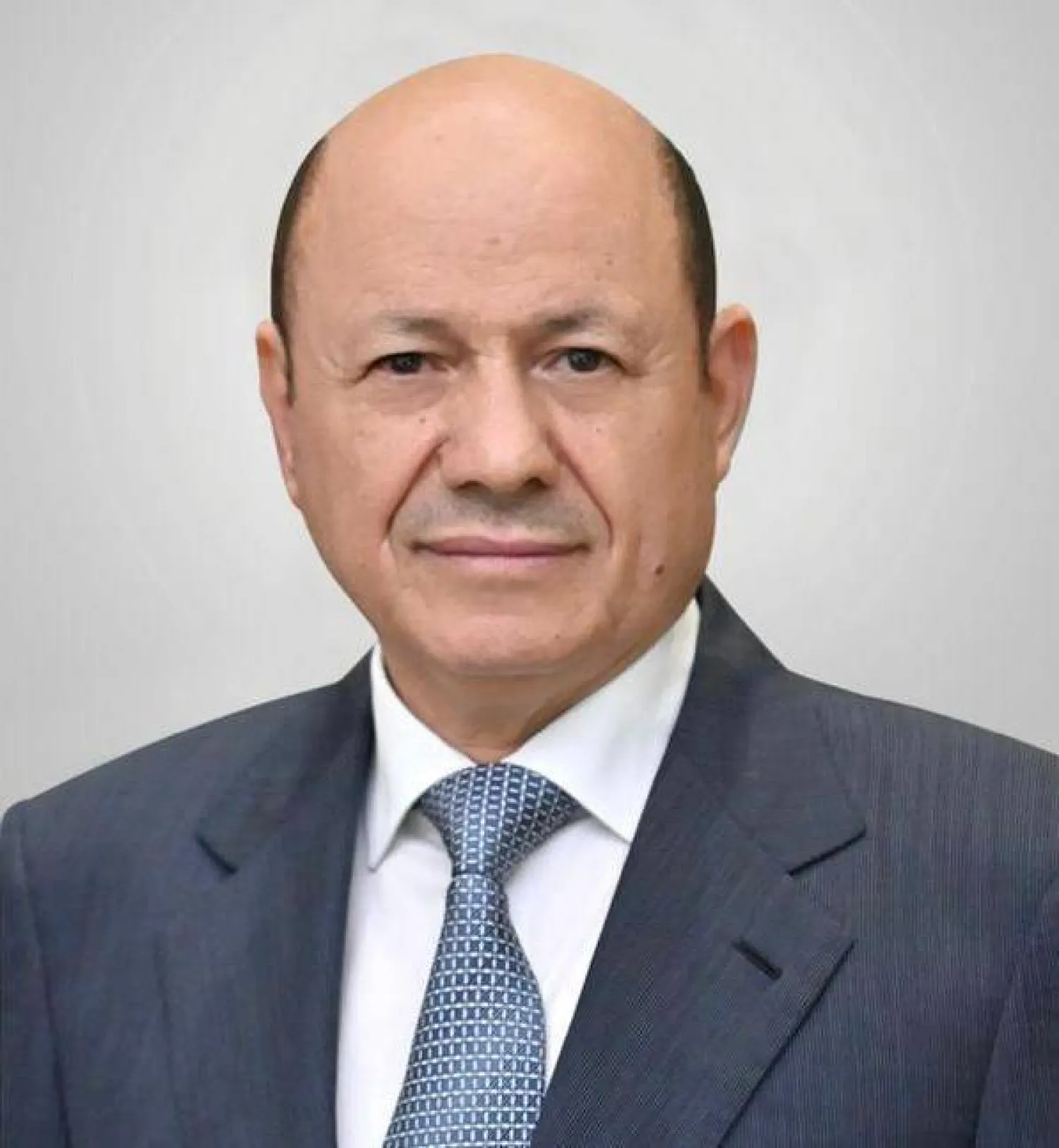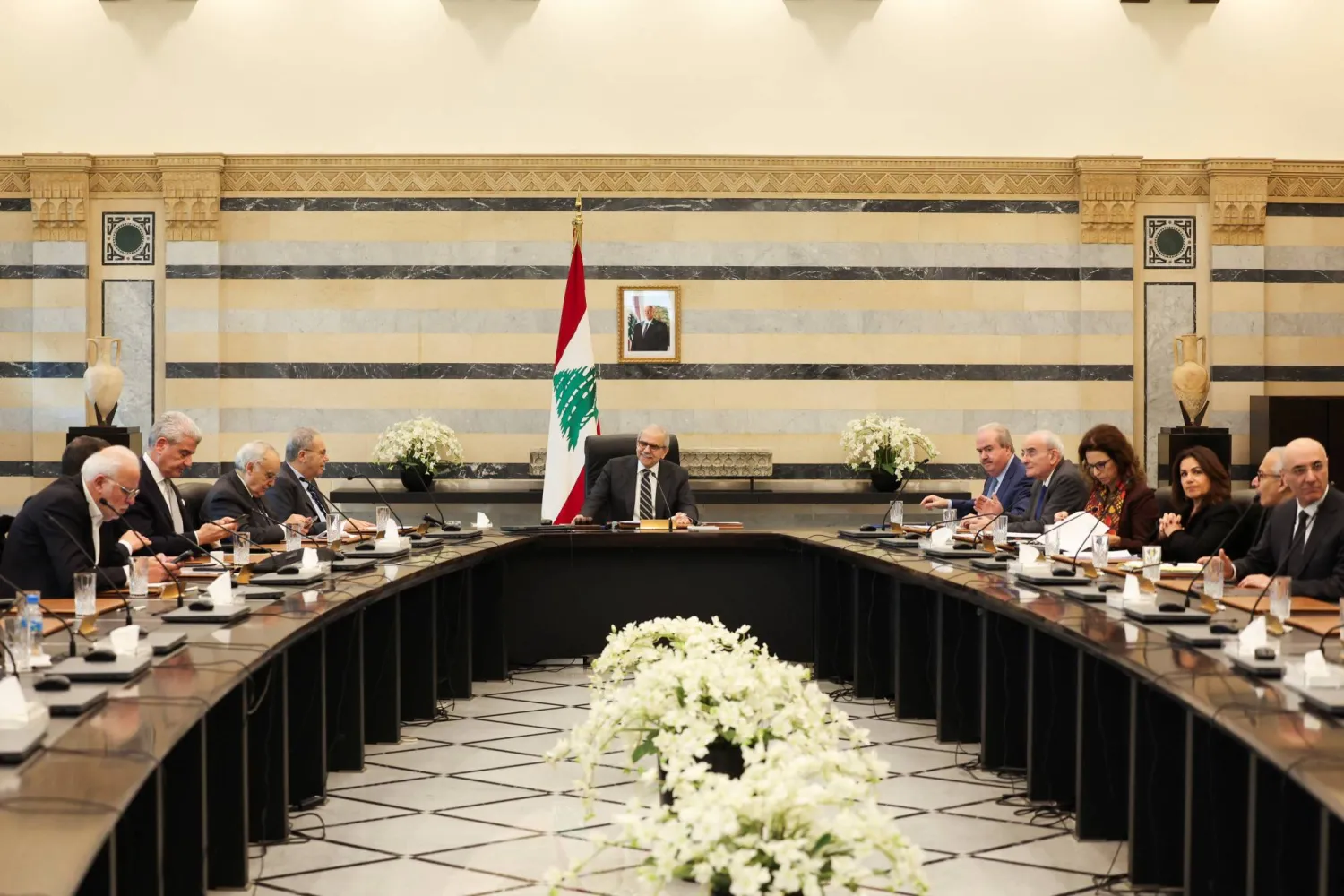A UN World Food Programme (WFP) staff member was shot and killed by unknown gunmen in southwest Yemen on Friday afternoon in Turbah, Taiz.
Moayad Hameidi was killed and died shortly after being transferred to the hospital.
Al-Qaeda terrorists still have five UN employees kidnapped since the beginning of last year, while the Houthi militia is detaining two others.
Two medical sources at Khalifa Hospital in Turbah told Asharq Al-Awsat that Hameidi, a Jordanian national, died after being shot in the head and neck when he finished eating lunch in a restaurant in the city.
In a message to Asharq Al-Awsat, a spokeswoman for the WFP said the organization was "deeply saddened to confirm that a staff member was shot and killed by unknown gunmen."
Talal, a resident in Taiz, told Asharq Al-Awsat that a gunman riding a motorcycle shot Hameidi when he was leaving the famous al-Shaibani restaurant in al-Turbah, where offices of many relief organizations are located.
An official in the governorate leadership told Asharq Al-Awsat that they launched an extensive security campaign to enhance security in al-Turbah and pursue and arrest those involved in the crime.
A local official described the crime as a systematic targeting of the governorate after the international organizations returned to it, opened their headquarters, and changed the image that was formed after the assassination of the coordinator of the International Committee of the Red Cross several years ago.
- Relief concerns
Relief workers fear that the incident will lead to the closure of the WFP offices, which will affect the aid that tens of thousands of Yemenis need.
Bassam, a worker in a relief organization in Taiz, told Asharq Al-Awsat that the UN is facing a considerable deficit in financing the humanitarian response plan.
In cooperation with the government, the organization overcame many obstacles this year and moved towards expanding its activities in the Taiz governorate.
- Presidential Council vows
The head of the Presidential Leadership Council, Rashad al-Alimi, announced the elements involved in carrying out the armed attack that resulted in the death of the UN employee, according to Saba news agency.
The agency said that Alimi made a phone call to Taiz governor Nabil Shamsan who informed him of the preliminary information that indicated the identification of the perpetrator of the criminal attack.
He announced that legal measures had been taken to bring the attacker to trial.
Alimi expressed his sincere condolences to the family of the UN employee and his colleagues.
He reiterated the state's commitment to ensuring all procedures for enforcing justice, securing the staff of relief agencies in the liberated governorates, and facilitating the access of their venerable humanitarian interventions to all those who deserve it across the country.
- Emergency meeting
Earlier, the Security Committee in Taiz Governorate, headed by Shamsan, held an emergency meeting to follow up on the incident's repercussions and confirmed it was tracking down the perpetrators.









